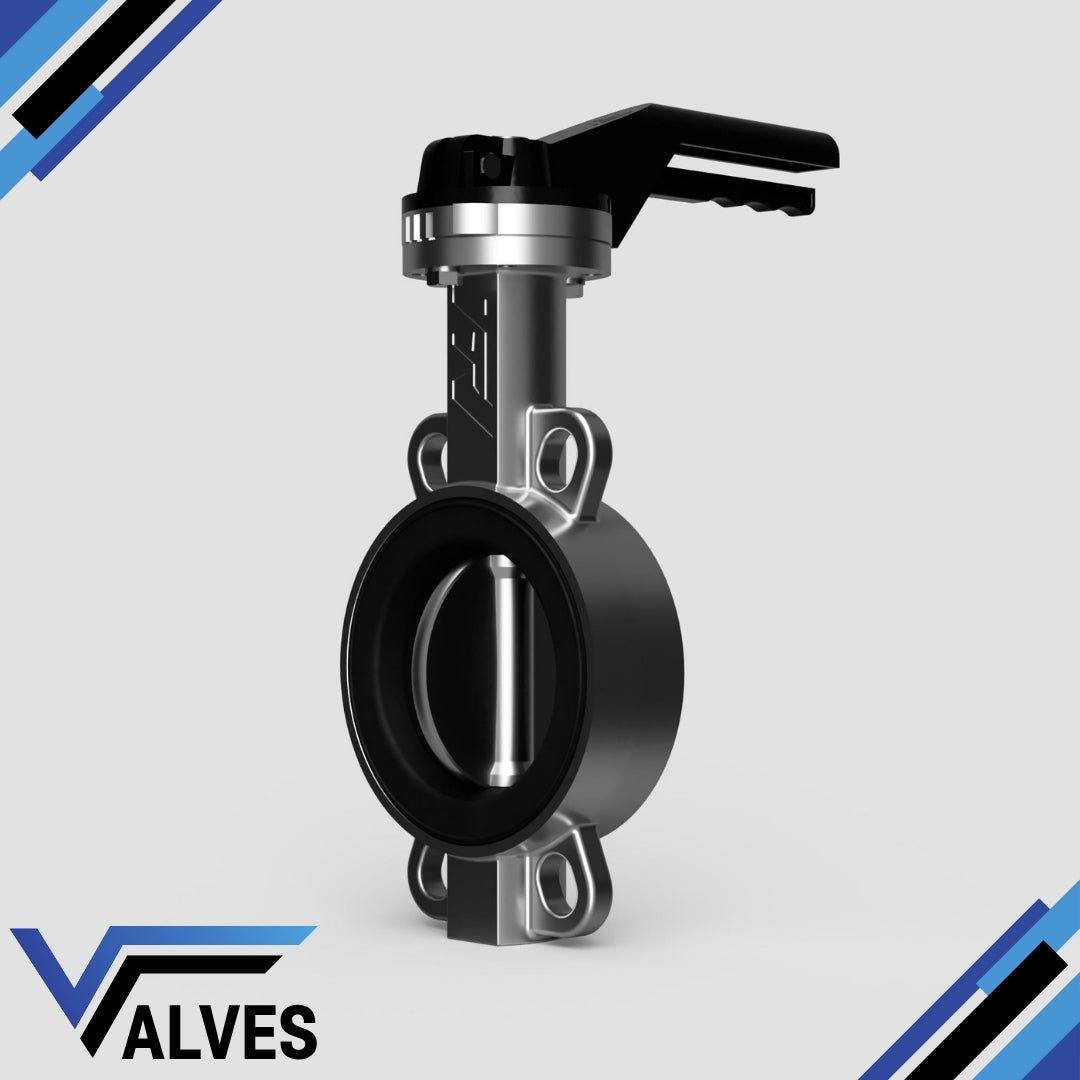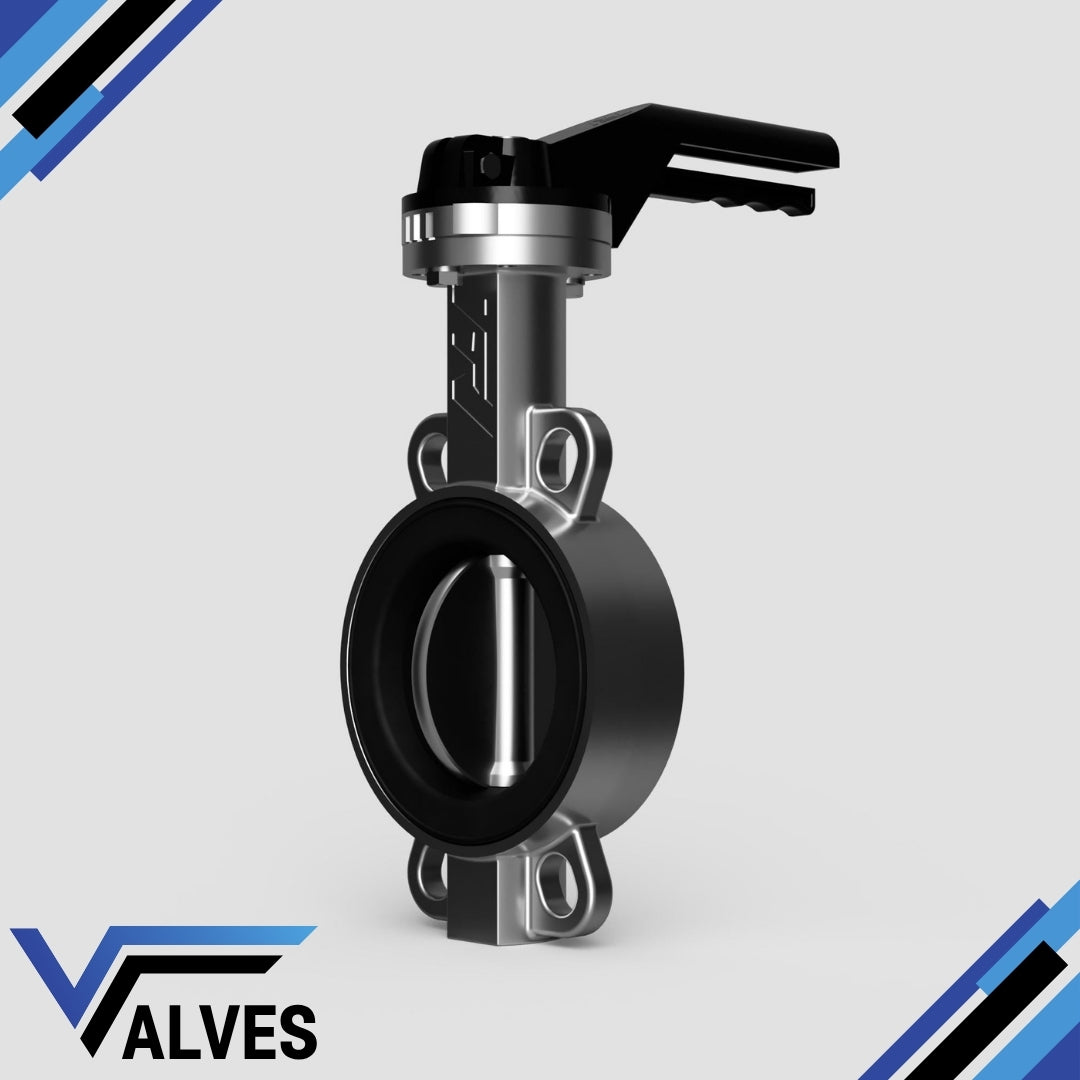Valves UK
TTV Wafer Stainless Steel Butterfly Valve - EPDM Seat
TTV Wafer Stainless Steel Butterfly Valve - EPDM Seat
Couldn't load pickup availability
The TTV Wafer Stainless Steel Butterfly Valve with EPDM Seats is a high-performance, durable solution for a wide range of industrial applications. This valve is engineered for excellence, featuring a PN16 pressure rating and constructed from CF8M stainless steel, ensuring robust performance even in corrosive environments.
Designed for convenience and security, the valve is lockable and lever-operated, offering easy, reliable operation with added safety features to prevent unauthorised adjustments. The EPDM seat provides excellent sealing performance, resistance to wear, and long-lasting durability, making it suitable for a variety of media, including water, air, and non-aggressive chemicals.
With its wafer-type design, this butterfly valve is easy to install between flanges and is compatible with most piping systems. Whether you're managing flow control in HVAC, water treatment, or general industrial processes, the TTV Wafer Stainless Steel Butterfly Valve delivers dependable performance and peace of mind.
Share

FAQ's
What is the difference between a valve and an actuator?
What types of actuators are available?
The main types of actuators are:
Pneumatic actuators – use compressed air for fast, reliable operation.
Electric actuators – use electrical power for precise control.
Hydraulic actuators – use fluid pressure for high-torque applications.
Each type offers unique advantages depending on the environment, media, and system control needs.
How do I choose the right actuator for my valve?
To select the correct actuator, consider:
Valve type and torque requirement
Power source available (air, electric, or hydraulic)
Operating environment (temperature, humidity, hazardous area)
Control signal type (on/off or modulating)
Matching actuator torque and compatibility with the valve’s ISO mounting ensures reliable performance.
What are the main types of valves used in automation?
The most common valves in automated systems include:
Ball valves – for tight shutoff and quick operation.
Butterfly valves – for larger flow control with compact design.
Globe valves – for precise throttling and flow regulation.
Check valves – to prevent backflow.
Gate valves – for full bore flow isolation.
What’s the difference between a double-acting and spring-return actuator?
Double-acting actuators use air (or power) to both open and close the valve.
Spring-return actuators use air to open (or close) the valve, and a built-in spring to automatically return it to a safe position when power or air is lost — ideal for fail-safe operation.
How often should valves and actuators be serviced?
Regular maintenance intervals depend on operating conditions, but a good rule of thumb is to inspect every 6–12 months.
This includes checking for leaks, lubrication, seal wear, and actuator responsiveness to prevent unexpected downtime.

